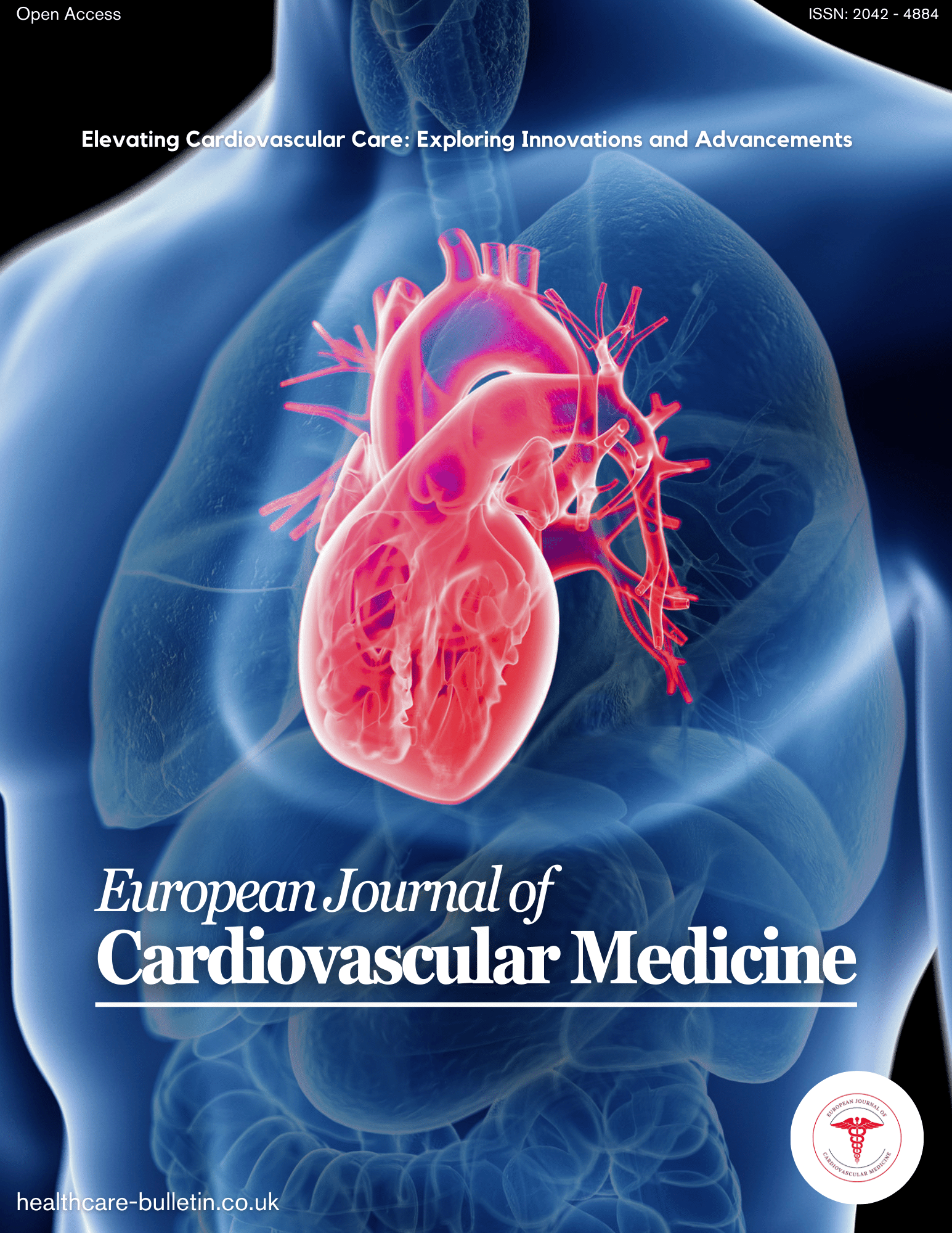APA
(2021). Clinico – Etiological profile of Acute Undifferentiated fever in children. European Journal of Cardiovascular Medicine, 11(1), 55-60.
MLA
. "Clinico – Etiological profile of Acute Undifferentiated fever in children." European Journal of Cardiovascular Medicine 11.1 (2021): 55-60.
Chicago
. "Clinico – Etiological profile of Acute Undifferentiated fever in children." European Journal of Cardiovascular Medicine 11, no. 1 (2021): 55-60.
Harvard
(2021) 'Clinico – Etiological profile of Acute Undifferentiated fever in children' European Journal of Cardiovascular Medicine 11(1), pp. 55-60.
Vancouver
. Clinico – Etiological profile of Acute Undifferentiated fever in children. European Journal of Cardiovascular Medicine. 2021 ;11(1):55-60.

